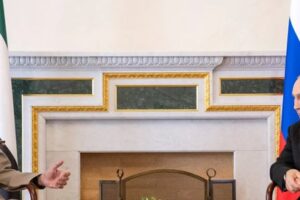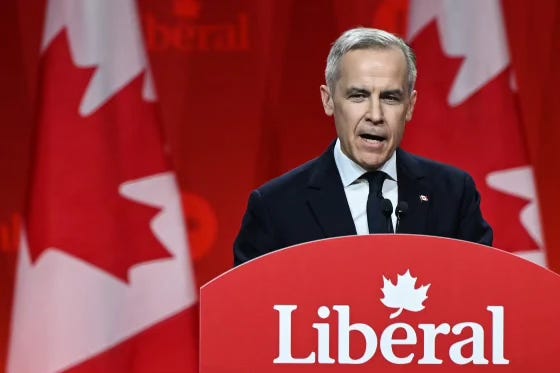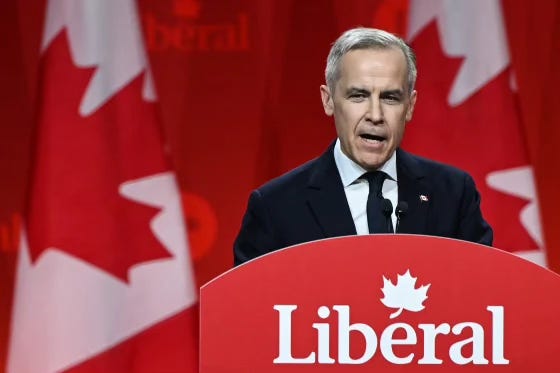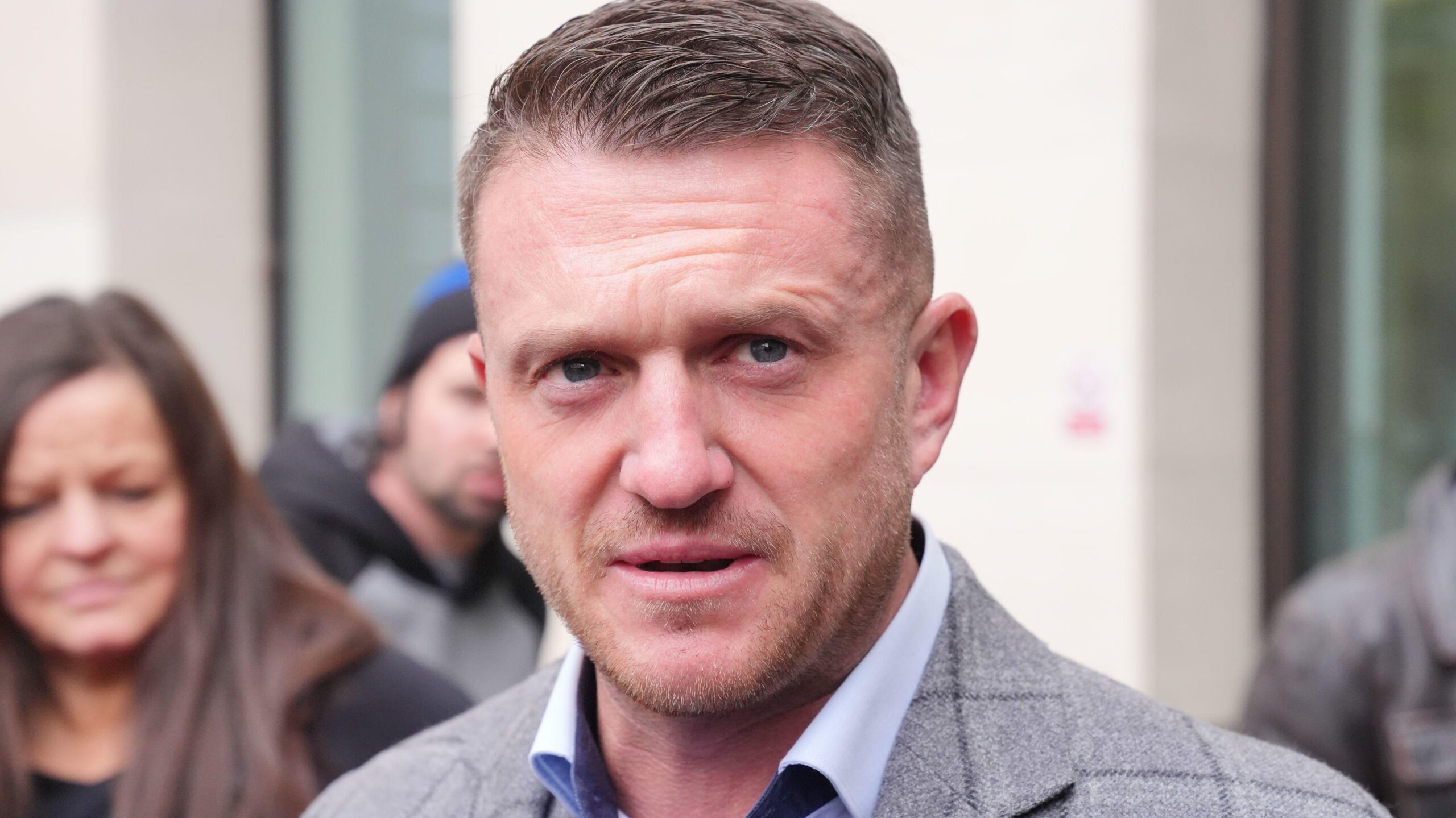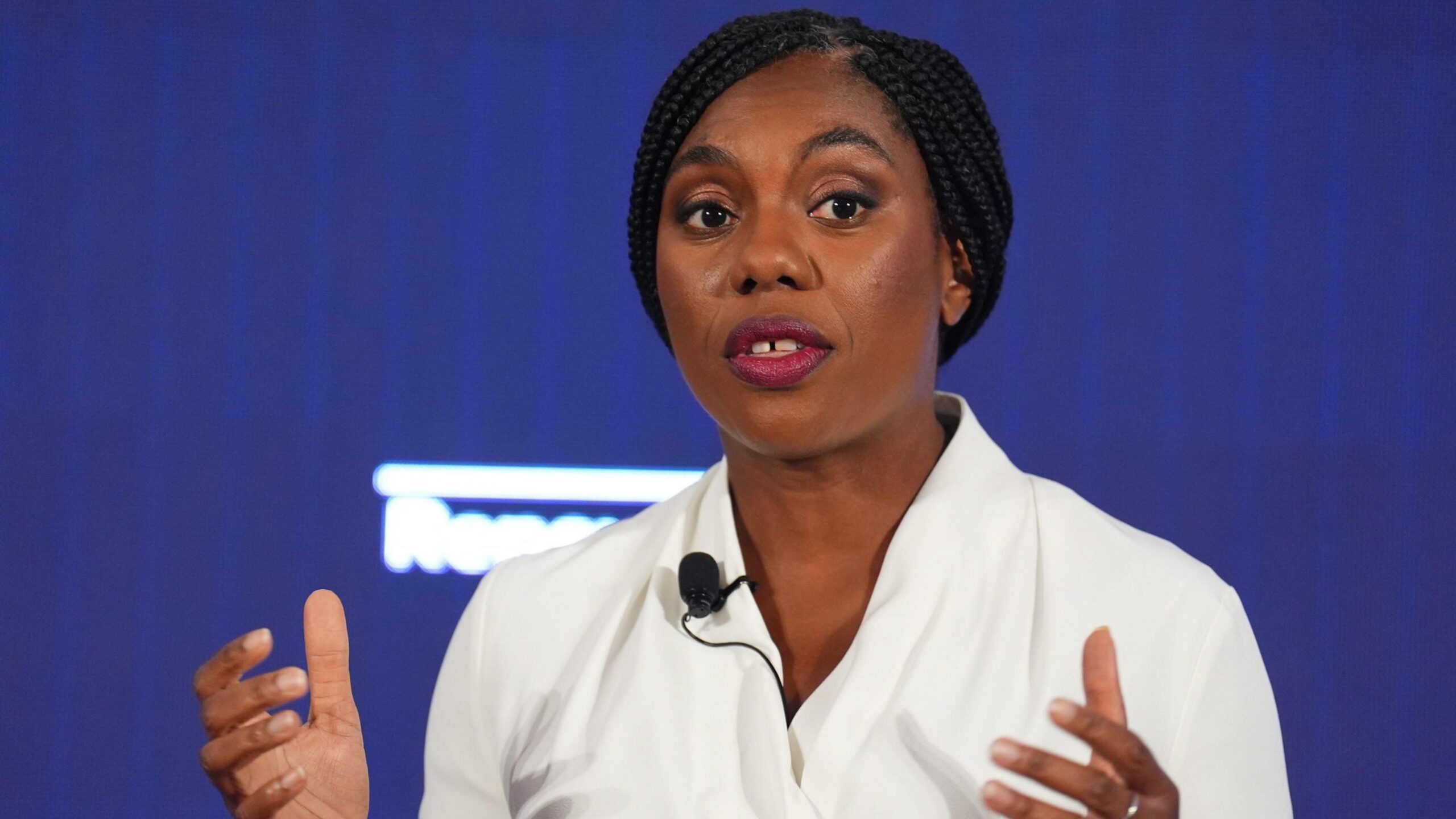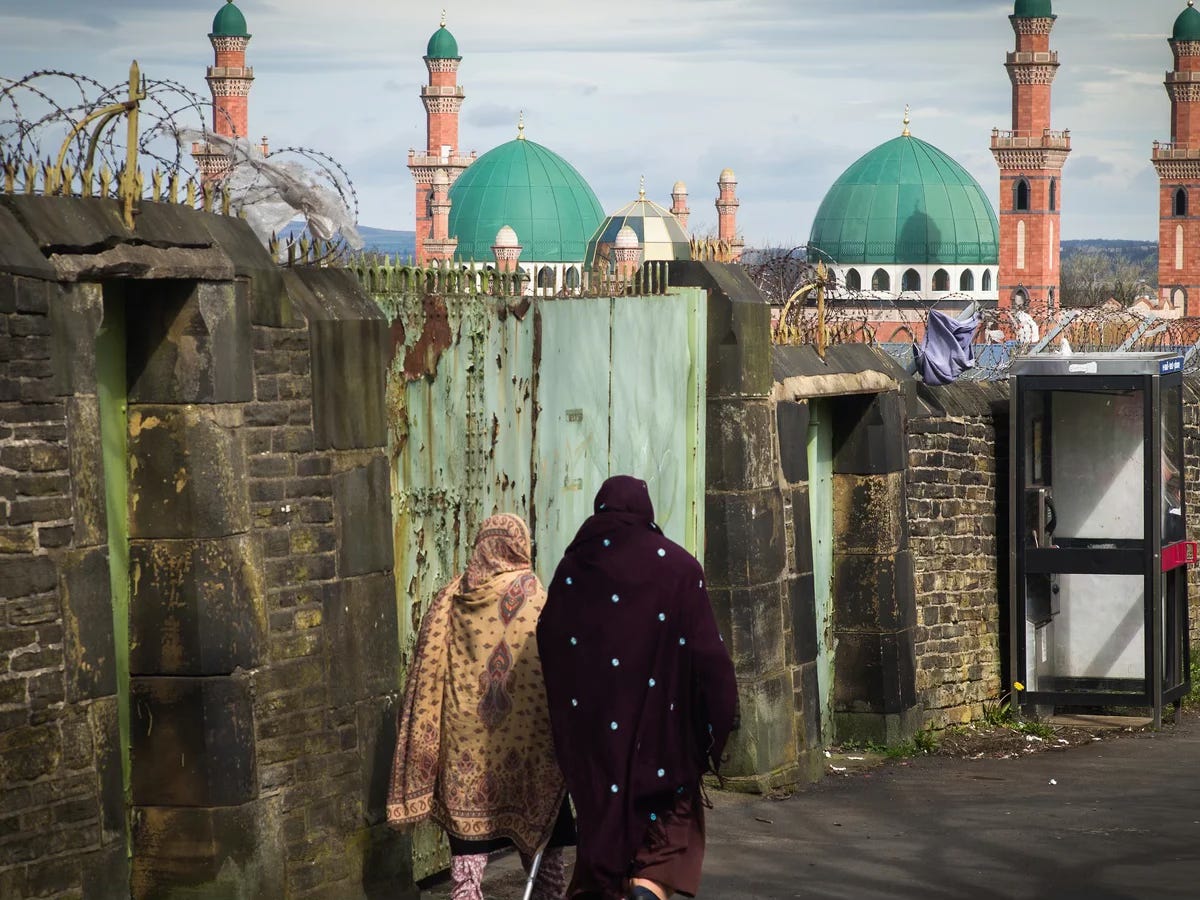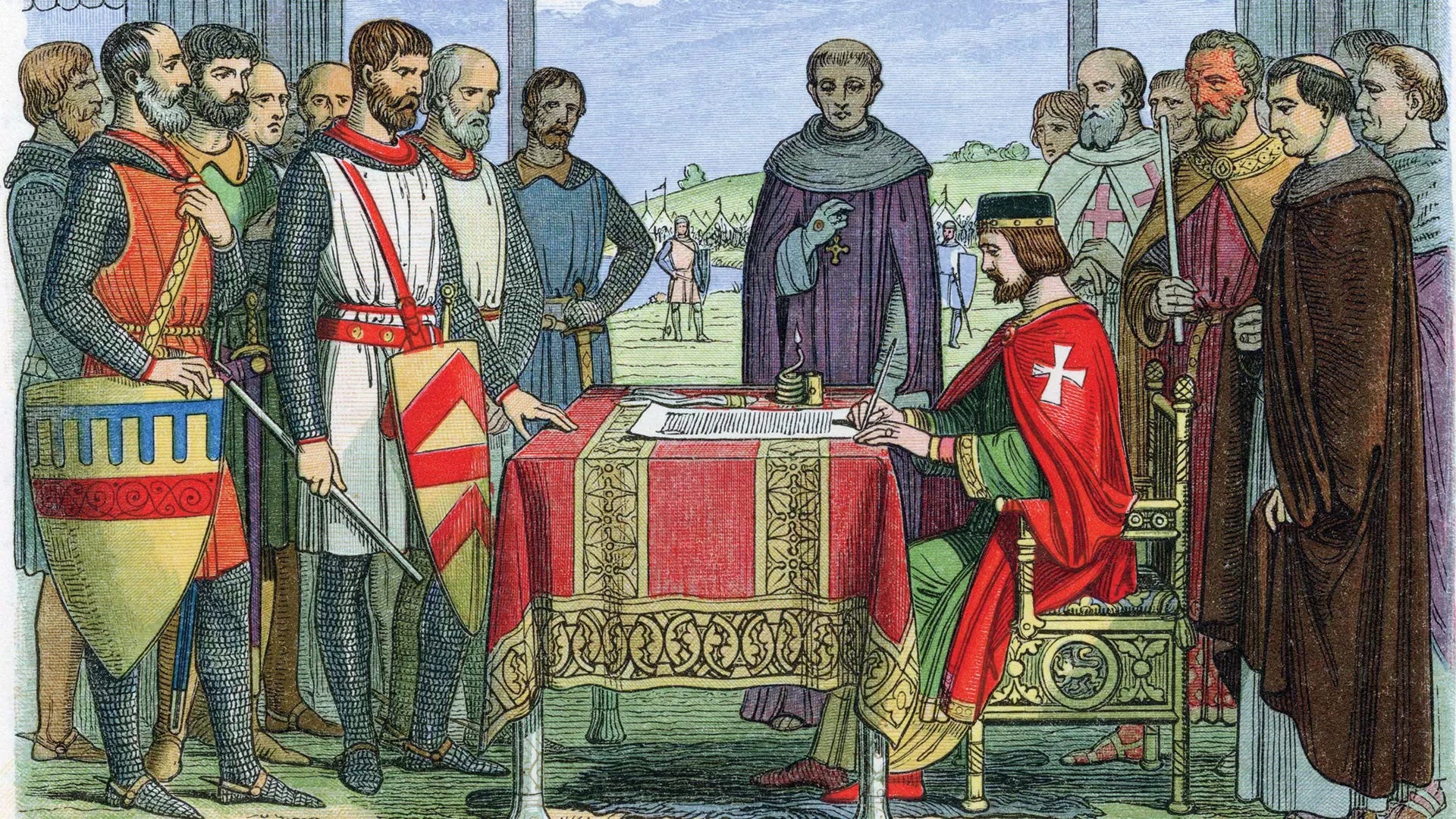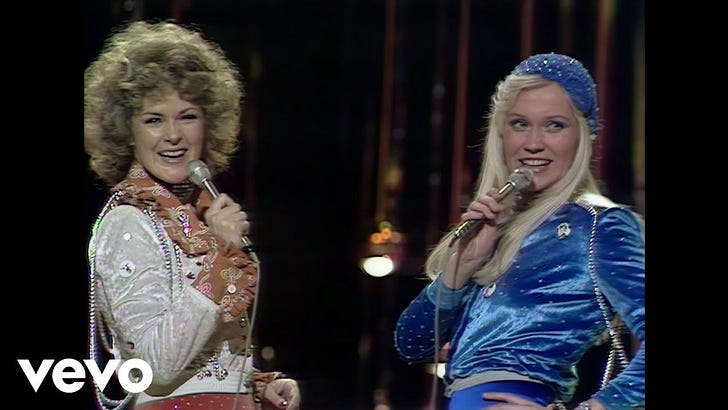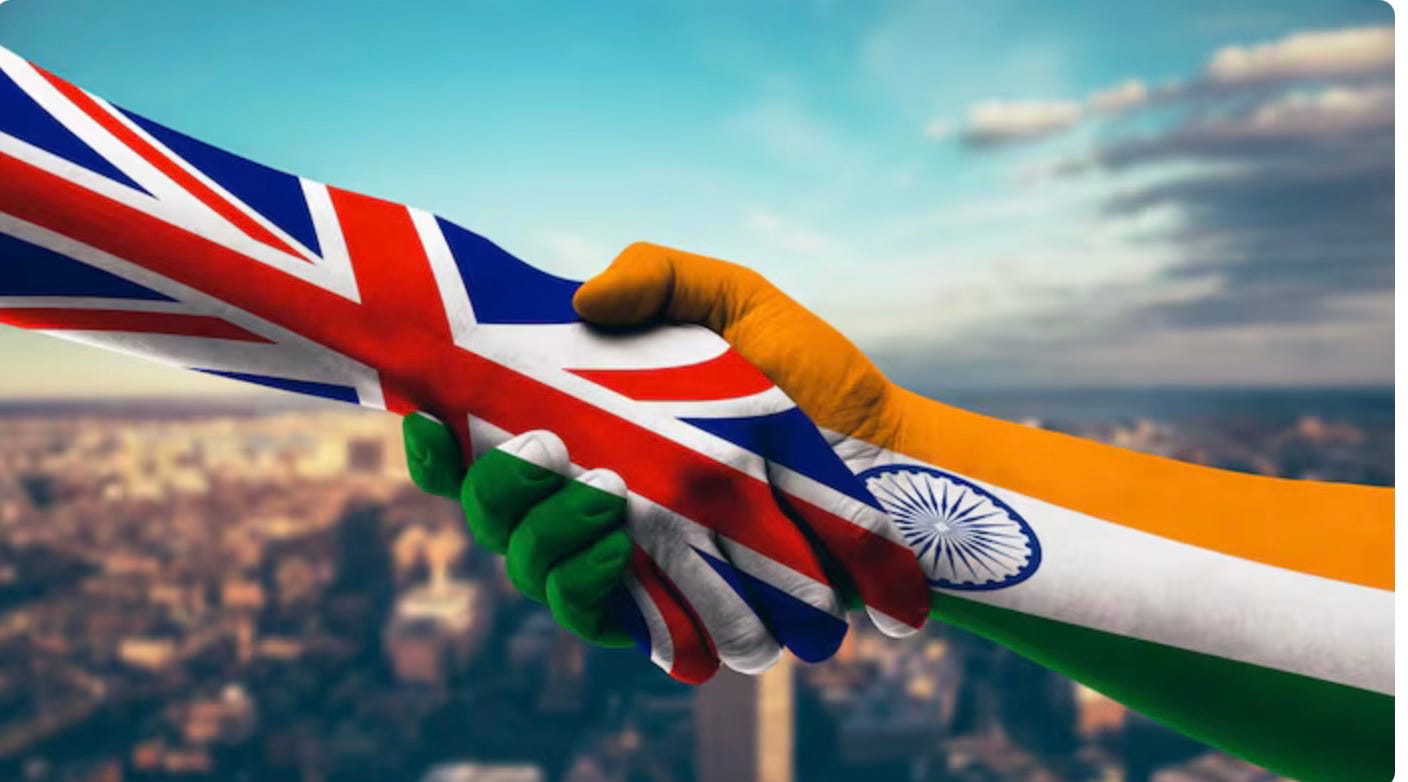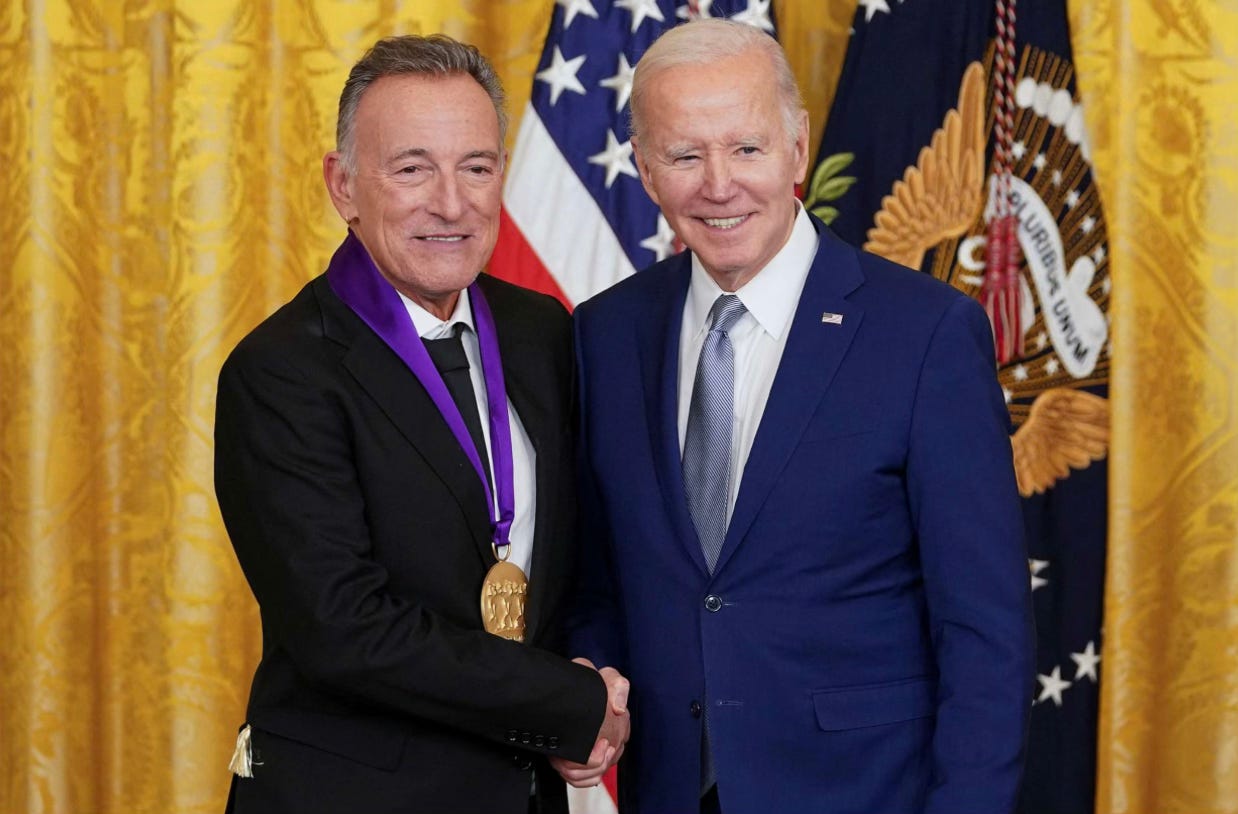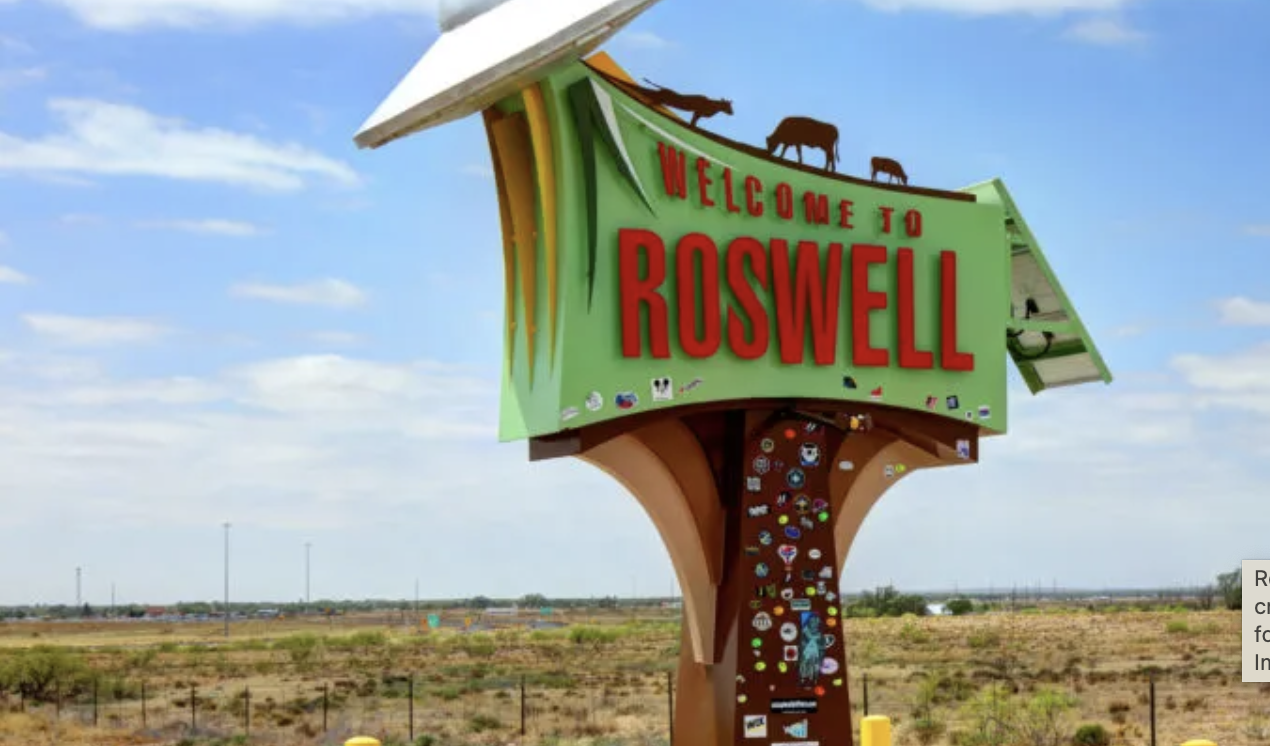David Vance SubstackRead More
As the dust settles in the Canadian election, there is one question that we should consider and it is this; Pierre Poilievre and the Conservatives achieved a 41.4% vote share in the recent election, the highest for any party since Brian Mulroney’s 1988 majority win. Yet, Poilievre fell short of forming the government.
How did this happen, and what does it mean for Canada’s political landscape?
The key factor in Poilievre’s loss was the consolidation of the politica left. Jagmeet Singh’s NDP, which had been a de facto Liberal ally for years, saw its support all but collapse securing just seven seats. Amusingly, Singh even lost his own seat. Singh’s decision to effectively dismantle the NDP prevented vote-splitting on the left, a move that may well earn him significant patronage from the Liberals in the future. Watch and see! The Green Party took an even more drastic step, cancelling nearly 100 candidates to avoid diluting the leftist vote. This strategic retreat allowed the Liberals, under Mark Carney, to capitalise on a unified left-wing base.
Mark Carney, sometimes dubbed “Trudeau 2.0” but smarter and more driven, now leads Canada with a deeply ideological agenda. His victory speech, laced with anti-American rhetoric despite the election being won, signals his intent to realign Canada toward China, a direction he pursued while chairing Brookfield Asset Management—a trillion-dollar firm with ideological parallels to BlackRock.
Canadians are going to find out as they discover Carney’s true priorities. Issues like housing costs, mass immigration, taxes, and cultural debates around “wokeism”—all of which fueled discontent with Trudeau—are unlikely to improve under Carney. His commitment to “net zero” policies and other World Economic Forum initiatives, where he served as a board member, will further alienate struggling Canadians, particularly younger generations unable to afford homes.
Carney’s leadership style hints at challenges ahead. His thin-skinned, domineering personality, honed in the corporate world, may not translate well to managing a caucus or a diverse confederation. Meanwhile, his promises to fund the CBC and potentially reintroduce Trudeau’s C-63 Online Harms Act suggest a continuation of Liberal efforts to control narratives and suppress dissent.
What will happen to Canadian Conservatism? Well, as Carney’s WEF ties and radical policies become clearer, and with the “Trump challenge” likely to resolve itself, the Conservatives’ working-class appeal could resonate again.
The next election, possibly within a year or two, will be a critical test. Canada simply cannot prosper under Carney and the sooner people realise that the better. I think that Poilievre was an unimpressive leader who misjudged events and found it impossible to cope with the Trump impact.
Can a more able leader of Canadian conservatism emerge?
***I put out at least three articles a day. If you enjoy all this can I ask you to consider to becoming a PAID subscriber, it’s only £5 a month, you can cancel if you don’t enjoy it but I know you will. I want to thank the kind people who already do this, without your help this becomes impossible. Thank you in anticipation of your support****













